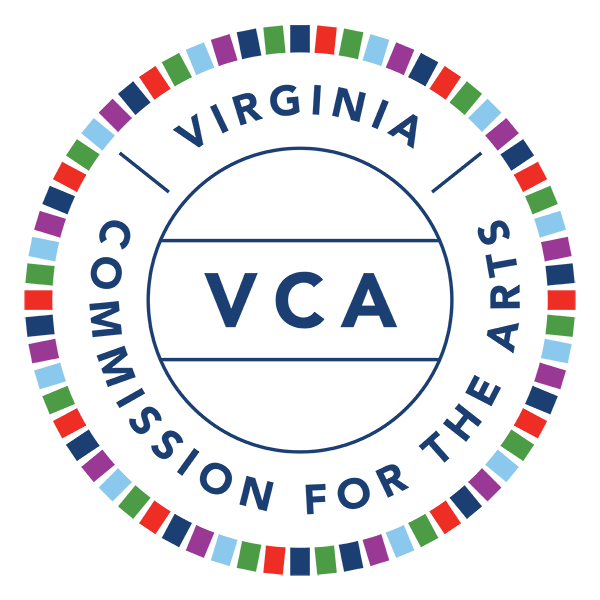Educational Background/Training
- Masters of Regional Planning, Cornell University
- Bachelors of Arts, Sociology, UMBC
- 25 years as a professional photographer
- Conflict Mediation Certification
- Play Facilitator Certification
About the Artist/Ensemble
Jessica Wallach is a seasoned teaching artist, visual storyteller, and leader in accessible, student-driven arts education. She crafts experiences where people of all ages explore and express how their minds and bodies work, how stories unfold, and how the arts support learning, mental wellness, and connection.
Her interdisciplinary residencies integrate photography, stencil-making, painting, and drawing. She frequently collaborates with teachers and other artists to design inclusive programs grounded in Universal Design for Learning. Jessica’s sessions are relaxed and responsive, with open-ended prompts and abundant materials that meet students where they are.
She is especially known for developing stencils as assistive creative tools—combined with materials like tissue paper, dot markers, torn paper, acrylics, or photography—to help participants create artwork in concert with their bodies, not against them. Her work has been featured in disability arts festivals and events like the Kenmore Neurodiversity Conference and George Mason’s Heal Together gathering.
Educational Program Description
Classroom Based Programs Include:
- The Body is Good – A visual art residency combining disability history, identity, and creative exploration through stencil work
- The STEAM of Photography – Integrating photography with science and math concepts like motion, light, and fractions
- Power of Cell Phone Photography – Teaching students to use mobile devices as tools for storytelling and documentation
- Art and Wellness – Using neurographic drawing, collage, and adaptive stencil techniques to support mental health and self-expression
- Literature & Identity – Interpreting theme, character, and tone through mixed media, visual storytelling, and creative prompts
Other Programs
- Student assemblies—large-group, interactive sessions where students learn how photography works through movement, real-time image capture, and storytelling. These events are designed for school-wide participation.
- Family Art Nights -_ bring students, families, and staff together through a 30-minute interactive presentation followed by a 30-minute collaborative artmaking experience, co-led with a second artist.
- Professional Development — These include professional development sessions on using photography to make learning visible, supporting wellness through creative practice, and designing inclusive experiences using adaptive materials and visual art.
Fees
I offer multidisciplinary arts programs, ranging from a single workshop ($500) to assemblies (starting at $1,000), to family night workshops ($1,350) to full week and longer artist-in-residences (starting at $6,000).
Federal Mileage rates will be included to and from the location each day of the engagement.
Costs reflect the quality of content and my ability to custom-design programs that meet participant needs, align with learning standards, and support individual growth through joyful, engaging experiences.
I’m committed to making my programs accessible and impactful. When possible, I’m happy to work with schools and partners to identify additional funding or adjust the fee structure to meet community needs.
Audiences
- All Ages
- College/University Students
- Adults

